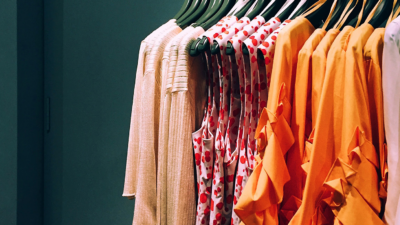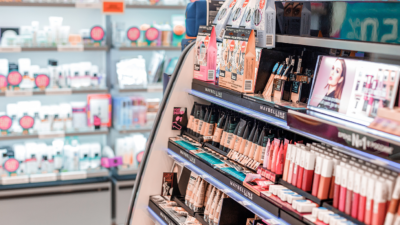The Retail Next Gen Series is composed of posts contributed by Colliers professionals across North America who have joined the commercial real estate industry in the past five years. Retail Next Gen Series contributors meet regularly to share best practices and discuss emerging trends, bringing fresh perspective to the key challenges and opportunities within the retail industry.
From credit card payments to the ways consumers can virtually place merchandise in their homes, technology and particularly the Internet of Things (IoT) is changing retail. Those brands and retailers that leverage the interconnectedness of personal devices with their physical spaces will come out as winners.
Beyond changing the shopping experience, the IoT is also changing how retailers manage inventory at every point in the supply chain. Case in point is the growing use of retail locations as stores, sites and warehouses.
As retailers create an infrastructure that relies heavily on technology and digital interconnectedness, these are our seven picks for what to keep your eye on:
1. Beacons: Tell Me Something Good
Beacons are tiny boosters with a Bluetooth® connection that send location-based messages from retailers to consumer devices while they are in-store. They have the potential to drive billions of dollars in incremental sales as retailers have the opportunity to enhance customer service and create personalized experiences by leveraging data gleaned from shopping behaviors. Retailers with a handle on beacons include Lord and Taylor, Macy’s, Urban Outfitters and Rite Aid.
2. Biometrics: Convenience + Enhanced Security
Biometric authentication — or the use of distinctive human characteristics to identify individuals — can be applied to contactless payment to provide an additional layer of security and protection against consumer fraud.
This technology is being tested most heavily in retail banking but is also an integral part of Apple Pay, especially when used for online payments as well as in brick-and-mortar stores. Biometrics have also been implemented to recognize known shoplifters, curbing in-store shrinkage.
3. Sensor Fusion: Just-Walk-Out Technology
Soon, perhaps there won’t be any cashiers on hand to complete transactions in retail stores. Amazon is testing the AmazonGo concept, where shoppers use their smartphones to buzz in and out of the store.
NCR, the top self-checkout terminal maker, is also working on making retail checkout machines smarter.
4. Digital Mirrors: Who’s the Fairest?
Few shoppers love the traditional fitting room experience — and retailers are keen to solve this pain point. Both Bloomingdale’s and Neiman Marcus offer digital mirrors integrated with available inventory.
This feature advises consumers on additional options and connects them with sales associates who can bring items in an alternate size or color. Radio-frequency identification (RFID) tags keep track of what’s in the dressing room, so complementary items can be either fetched or suggested.
5. Interactive Displays: Window Shopping in Real-Time
Retailers like Adidas are experimenting with “live” window shopping that allows for storefront purchases around the clock, particularly in areas with a high level of foot traffic.
This concept was first introduced by Kate Spade Saturday in 2013, with transactions completed at “Digital Window Shops.”
6. Mobile: Well, Obviously
Of course, people are shopping on their phones. But what are retailers doing with this tech?
Retailers like Nordstrom have been using it for years to gain sales and shorten wait times. But when implemented correctly, mobile can go beyond convenient checkout to managing inventory, optimizing logistics and staffing and significantly boosting sales.
7. Chatbots: Elementary, My Dear Watson
During the 2016 holiday season, the Mall of America launched the E.L.F. (Experiential List Formulator) bot, and the Fashion Island mall in Southern California began its “At Your Service” concierge search — both powered by IBM’s Watson Conversation API. The interfaces analyze shoppers’ queries and help them plan more rewarding shopping experiences.
Many chatbots use programs like Kik or Facebook. For example, Estée Lauder allows consumers to purchase directly through Facebook Messenger.
Omnichannel retailing is all about pairing a shopper’s intent to purchase with that capability, regardless of where their experience begins or ends. In-store innovation must move beyond free Wi-Fi to include the latest technologies and create an immersive shopping experience — one that not only enhances but complements the online shopping routine we have grown to know (and love).
Also: Read Breakout Retail Developments Attract the Live-Work-Play Generation
Alex Sale is a Brokerage Associate for Colliers International, based in Cincinnati. A polymath and a retired roller girl, Alex has been training for a career in commercial retail ever since she got her first allowance.

 Colliers Insights Team
Colliers Insights Team
 Nicole Larson
Nicole Larson
 Anjee Solanki
Anjee Solanki